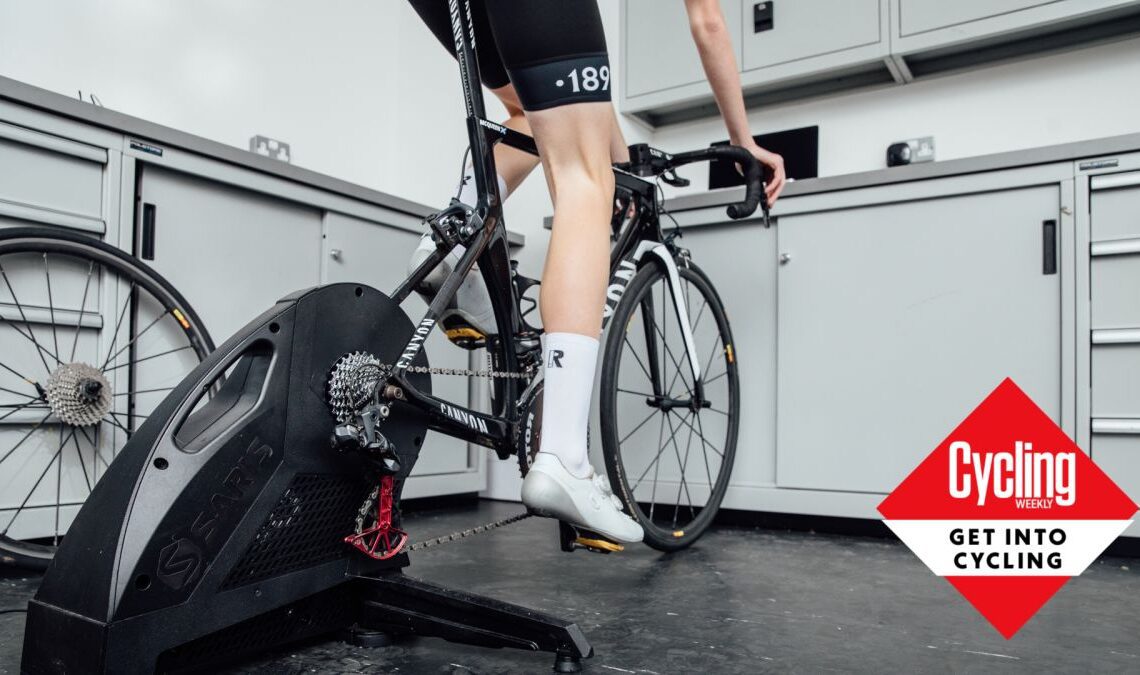Poorly indexed gears can be one of the most frustrating things on a bike, but our step-by-step guide can show you how to adjust your bike gears to get them running smoothly.
Like your brakes, gears on your road bike groupset rely on correct adjustment and the smooth operation of cables to work well.
If you’re buying a second hand bike as your first road bike or dusting off your old steed from the back of the garage, clunky gears are often an issue.
Although they seem complicated, getting your gears running properly is actually quite simple – continue reading to find out how to best go making these adjustments.
How do bike gears work?
Modern gears are indexed — that is to say, as you click the gear lever the front or rear derailleur puts the chain onto the corresponding sprocket or ring. It should do this effortlessly and without any fuss.
It should not go into a different gear position nor should it slip into another gear as you pedal along.
When the gears are working well you cannot shift gear past either the largest or the smallest sprocket or chainring.
Incorrect derailleur adjustment may not sound as dangerous as ineffective brakes, but having a derailleur slip into your spokes, having a chain come off the front chainring, or having your gears slip can potentially result in an accident.
To set-up or adjust your gears you’ll need a small Philips screwdriver and an Allen or Hex key set – the best multi-tools should have you covered if you don’t have a dedicated set of Allen keys.
Before you start working on your gears you’ll want to ensure that your gear cables are running smoothly. If the cables are old or dirty they may not move freely and this will impact on your ability to adjust your gears effectively. It can also lead to confusion, as you may think that you need to adjust the tension on your cable, when it fact it’s movement is impaired by grime.
If you’re in doubt it’s worth replacing both the inner gear cable and outer housing before you start.
Adjusting the rear derailleur
Before you start this process you’ll want to check that your derailleur hanger is straight. This is the part that the rear derailleur attaches on to. If it’s misaligned you’ll struggle to correctly index your gears no matter how hard you try.
It’s unlikely that you’ll have a derailleur alignment tool at home so you’ll need to visit a bike shop to get this checked out – the worst case scenario will require a replacement hanger, which is relatively inexpensive, however many…

